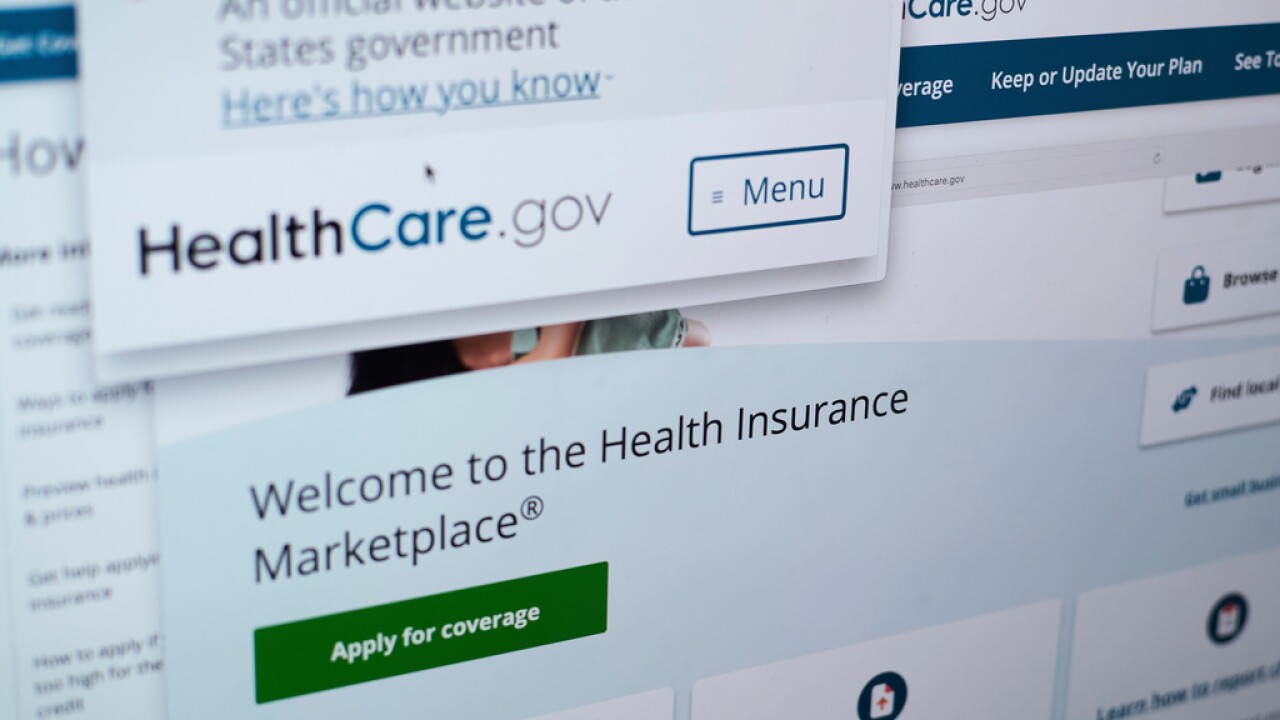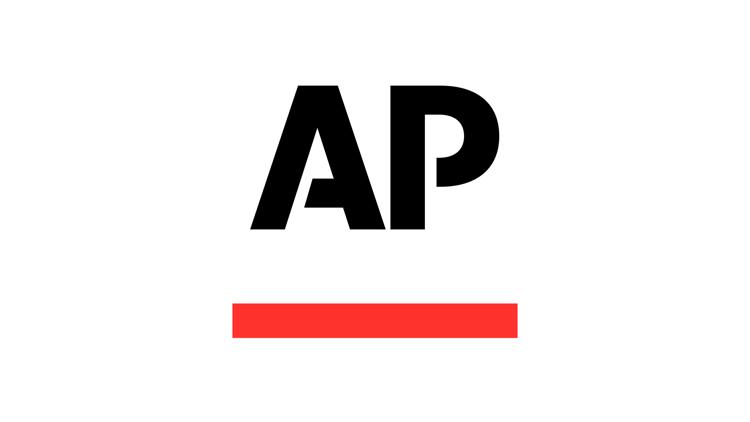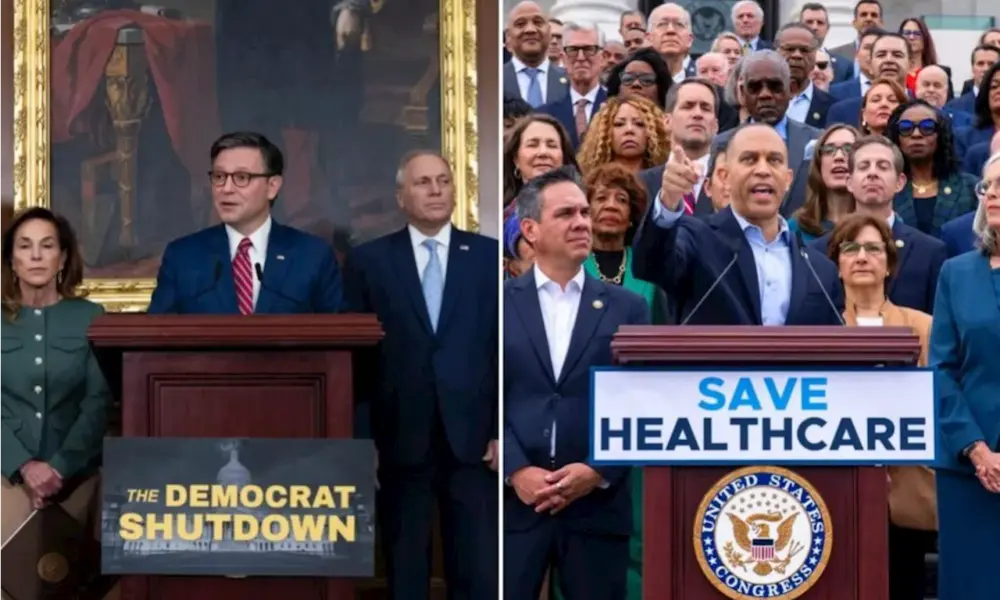The “window shopping” period for health insurance plans through the Affordable Care Act (ACA) marketplace has officially commenced, allowing individuals to compare options for coverage in 2026. While prospective enrollees can explore available plans now, actual enrollment will not begin until November 1, 2025, and will remain open until January 15, 2026.
According to the Centers for Medicare and Medicaid Services, the prices of marketplace plans have increased this year. Nearly 60% of eligible re-enrollees will find a plan in their preferred category that costs $50 or less per month after tax credits, a significant drop from 83% last year. This shift indicates that fewer low-cost options are available, and many individuals are expected to face higher premiums.
Significant Price Increases for Coverage in 2026
A separate analysis conducted by the Kaiser Family Foundation (KFF) reveals that plan prices are rising, with insurers increasing premiums by an average of 26% for 2026 coverage. The analysis highlights that benchmark silver plan premiums, which influence the value of federal tax credits, are projected to rise by 17% in states that operate their own marketplaces and by 30% in states utilizing HealthCare.gov.
The escalating cost of health care has emerged as a contentious issue in Washington, particularly in light of the ongoing government shutdown. Democrats are advocating for concessions to extend enhanced ACA subsidies, which are set to expire at the end of the year. They argue that without congressional action, millions of Americans will confront significantly higher premiums. Conversely, Republicans are insisting that the government should reopen prior to addressing health care matters.
Currently, the prices displayed on HealthCare.gov and state marketplaces are based on the assumption that enhanced subsidies will continue. Should Congress allow these subsidies to lapse, the out-of-pocket costs for consumers could escalate dramatically once coverage begins in 2026.
As the enrollment period approaches, individuals are encouraged to thoroughly research and compare their health insurance options. The combination of increasing premiums and potential changes to federal subsidies may significantly impact the affordability of coverage for many families.







